|
Introduction of the artist:

KAN Xuan (China)
Born in XuanCheng AnHui, China. Lives and works in Beijing and
Amsterdam.
Selected solo exhibitions: 2008 Kanxuan Ai!, Galleria Continua,
San Gimignano, Italy;
Selected group exhibitions: 2011 Face to Time, Real
Jardín Botánico, Madrid, Spain; 2011 Moveing Image in China 1988-2011, Mingsheng
Art Museum, Shanghai; 2010 8th Gwangju Biennale, South Korea; 2009
Everyday Miracles (Extended), Walter and McBean Galleries, San Francisco,
America; 2009 The Sky Within My House, Córdoba, Spain; 2008 Thrill of Dept, OK
Offenes Kulturhaus Center for Contemporary Art, Linz, Austria; 2008 Unmoved,
Galleria Continua, Beijing, China; 2007 10th International Istanbul Biennial,
Turkey; 2007 the 52nd Venice Biennale, Italy.
How many dynasties and emperors are there in the history of China, and how
many imperial tombs exist today? Historians, archaeologists and anthropologists
all differ on this question. Starting in Beijing, Kan Xuan travelled over 30,000
kilometres to visit and photograph every single surviving imperial tomb built in
China’s dynastic history, more than 170 in total. Her journey is not historical,
archaeological nor anthropological, but rather visually guided by these mounds,
protruding from the earth, their exposed underground tunnels leading to graves
and ancient relics now only faintly discernible.
Introduction of works:
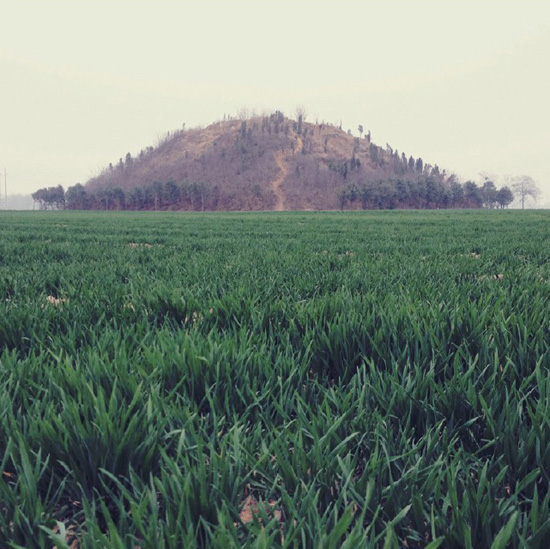
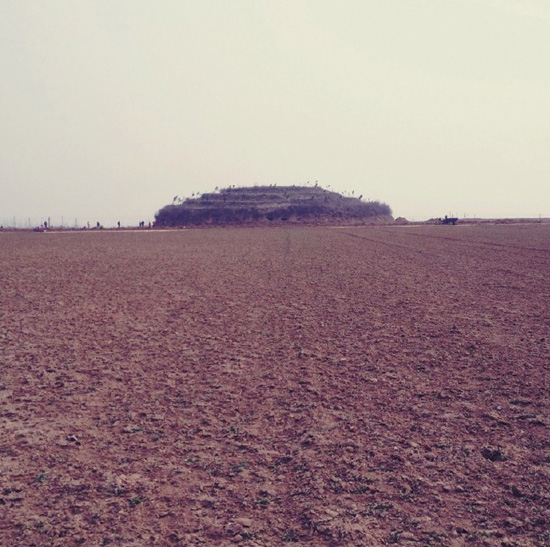
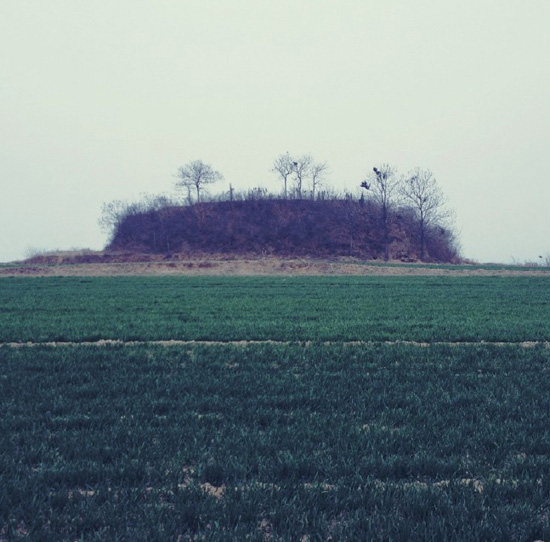
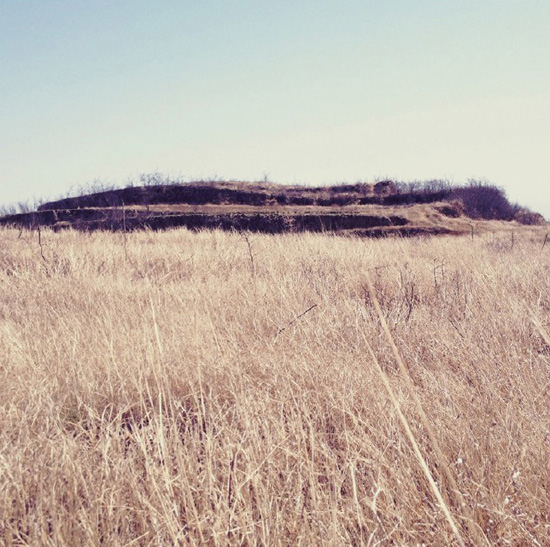
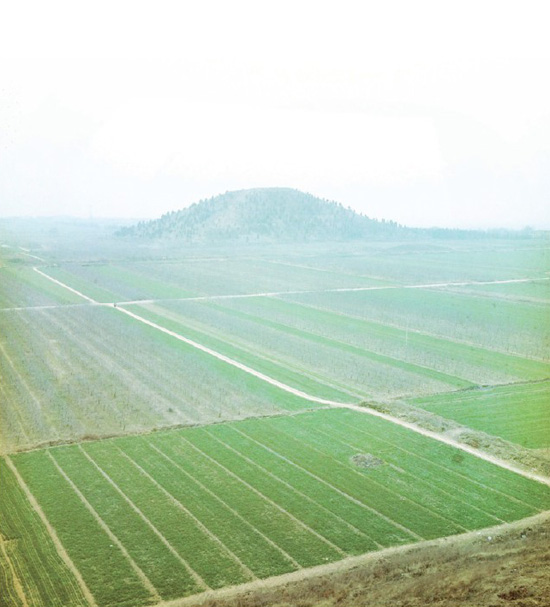
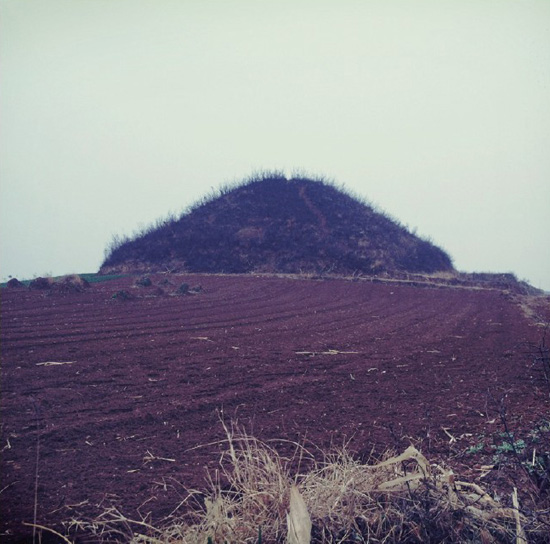
How many dynasties and emperors are there in the history of China, and how
many imperial tombs exist today? There are likely to be differing answers from
historians, archaeologists and anthropologists. Starting from Beijing, Kan Xuan
travelled more than 30,000 kilometres to visit and photograph every single
surviving imperial tomb throughout China’s dynastic history, more than 170 in
total. Her journey is not historical, archaeological or anthropological, but
visually led by those mounds, high or low, protruding from the earth, with the
exposed underground tunnels towards the graves and the relevant relics, faintly
discernible.
Any imperial tomb, of whichever emperor or dynasty, dominant or secretly
hidden, large or small, records the peak of every dynastic power and the
individual’s personality, wisdom and fate, as well as the affairs of the
imperial family and the state. Those raised shapes seem like hills but are not
hills. Look natural, but are man-made. They rest in the distance, in centres of
tourist sites or beyond wastelands, and invite the traveller to share the same
space and revisit the same time. Even before its story unfolds, visibly, it
presents the glory of death.
Old folks in the village call these imperial tombs ‘Millet Mounds’, which
became the title of this work. The artist came, full of passion and emotion, to
touch the ground, feel the temperature of the soil and to capture the images of
the reality in the twinkling sunshine.
| 
